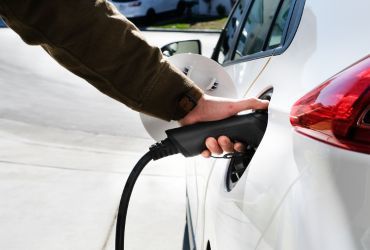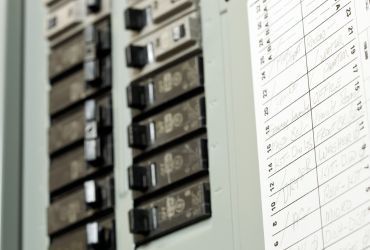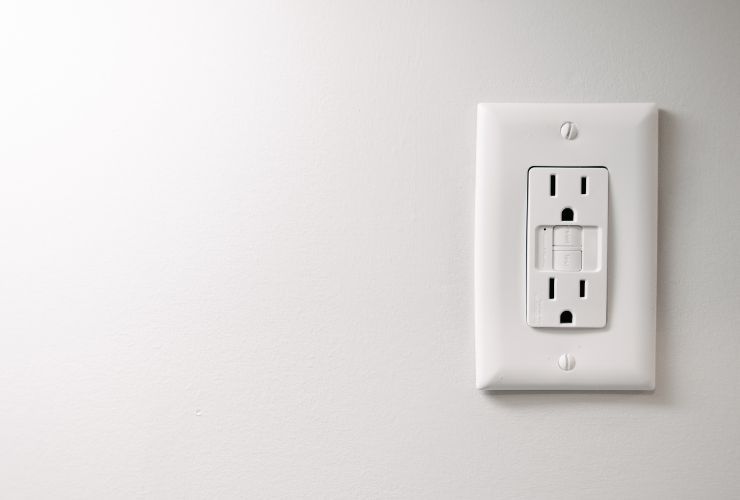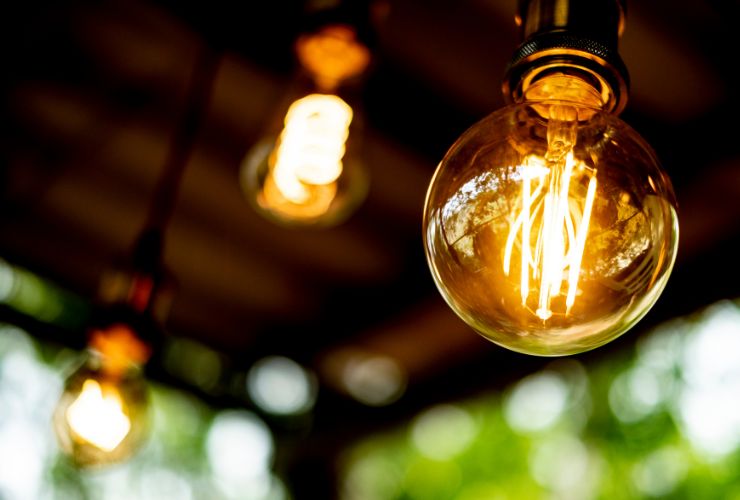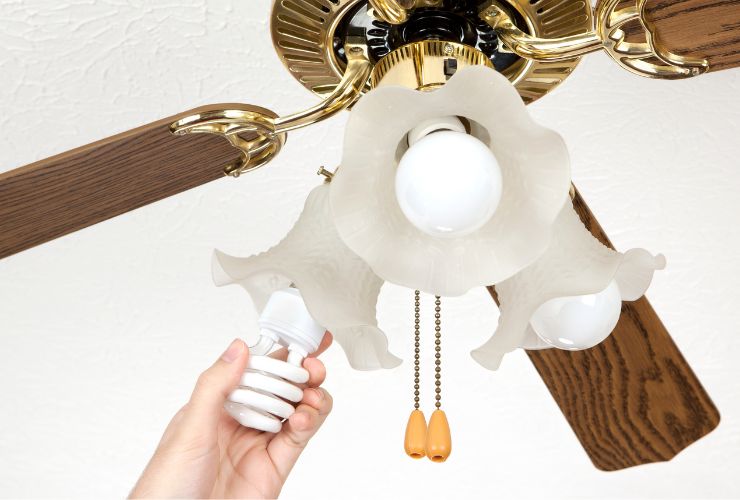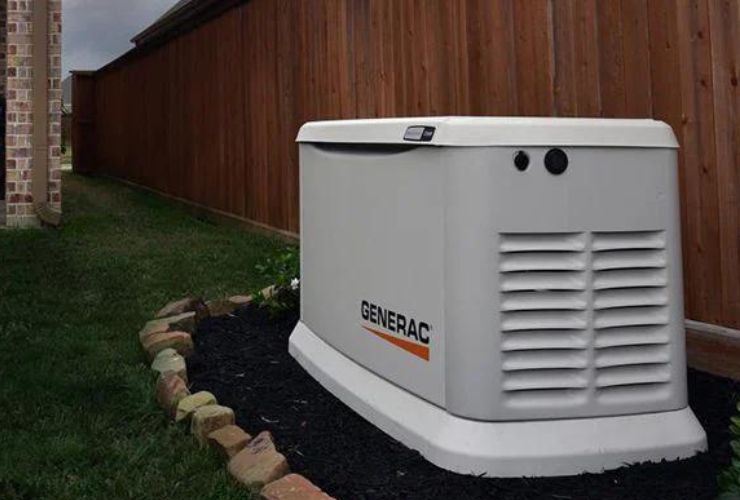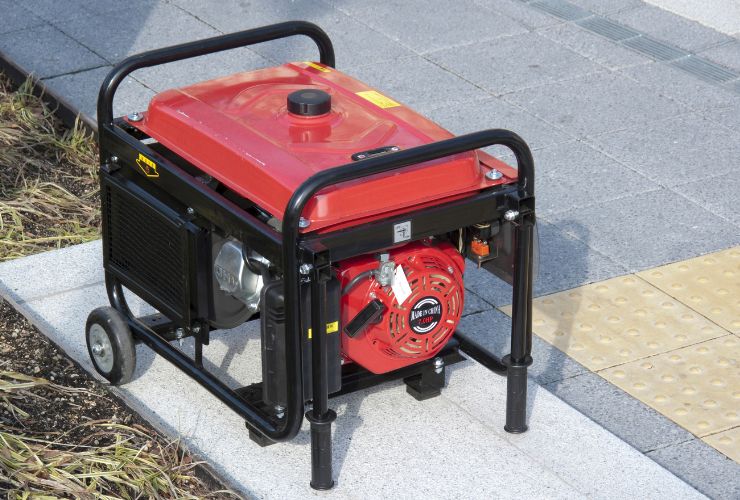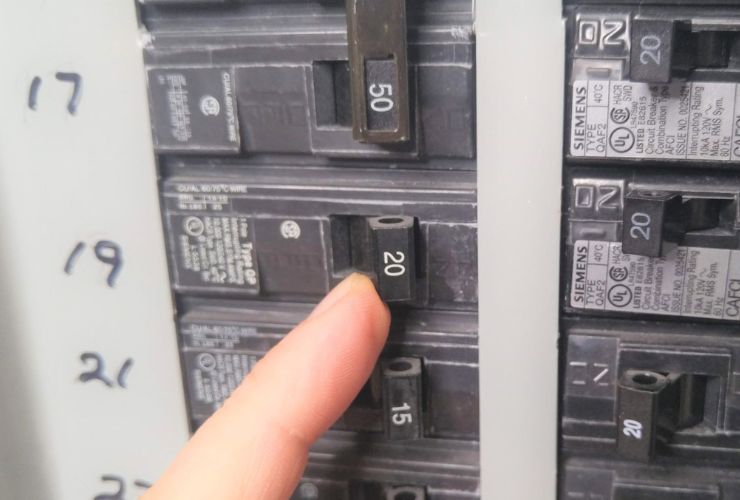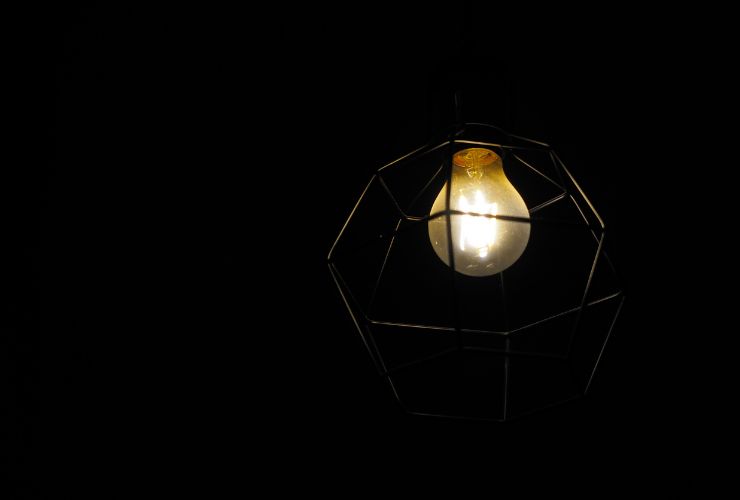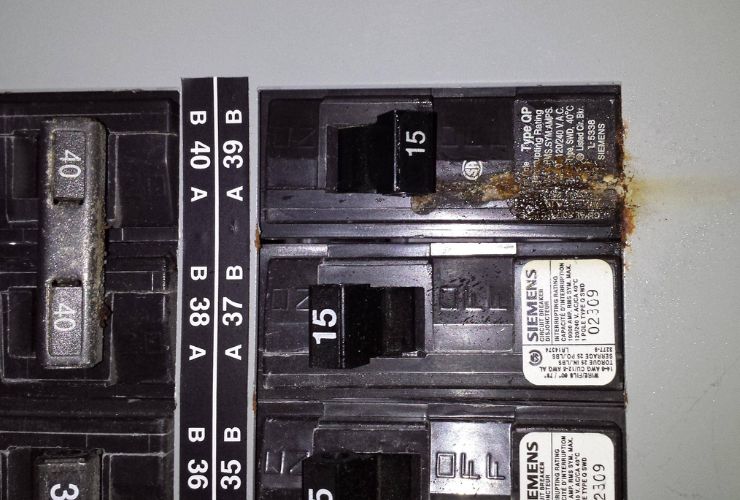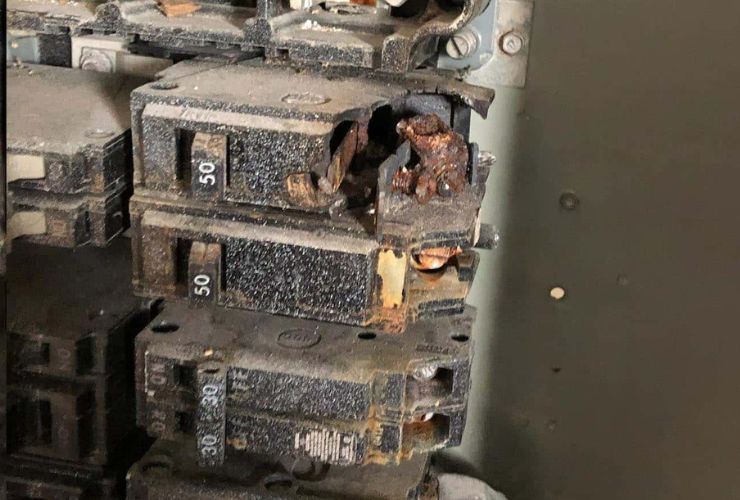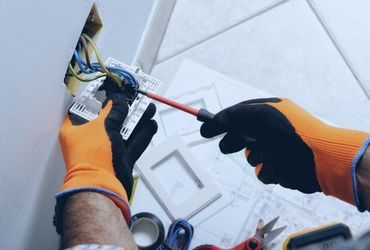Top Benefits of Installing a Backup Generator for Your Home
TL;DR: A backup generator is essential for uninterrupted power during outages, ensuring continuous daily activities, safety, and security. It maintains power for essential appliances, work-from-home needs, and home security systems, preventing accidents and deterring crime. Financial benefits include protecting against food spoilage, property damage, and increasing property value. During natural disasters, a generator provides crucial power, enhancing emergency preparedness and peace of mind. For reliable generator installation in Tucson, AZ, contact Cummings Plumbing for expert service and a satisfaction guarantee.
It’s no secret that our daily lives heavily depends on electricity. It powers the appliances that keep us warm in winter and cool in summer. It allows us to cook inside, clean our clothes, and see at night. A short power outage is a significant inconvenience, but a major one can suddenly stop how we live.
Given its prominent role in our day-to-day activities, people want to feel confident that their power supply won’t suddenly disappear. In Arizona, where the power grid’s reliability and performance metrics are high, residents still experience an average of six major power outages a year. Each can last an average of three days, showing the importance of a reliable backup power source.
This article discusses the top benefits of installing a backup generator for your home. A backup generator offers many advantages, including uninterrupted power and emergency electricity during unexpected outages. These benefits can significantly improve quality of life and provide much-needed security and convenience.
Continuous Power Supply
Inclement weather, power grid maintenance, and nearby construction are just a few of the reasons why power outages occur. These interruptions can interfere with work and daily chores, so if you want constant productivity and comfort, you need a continuous power supply.
Prevents Disruption of Daily Activities
A backup generator can help you keep the lights on during a blackout, allowing you to move around your home safely. It powers essential appliances like refrigerators and freezers, keeping your food fresh and reducing the risk of spoilage.
The HVAC system will continue to function, providing comfort no matter what the weather is outside. This uninterrupted power supply will keep daily activities the same, especially in households that have:
- Infants and small children
- Elderly family members
- Individuals with medical needs
Supports the Needs of Remote Work
A backup generator is indispensable for those working from home. It maintains internet connectivity so you can continue participating in virtual meetings, accessing cloud services, and communicating with colleagues without interruption. Your computer and other office equipment will also stay powered, allowing you to meet deadlines and keep up with your workload.
A continuous power supply prevents data loss, which can occur when an unexpected outage disrupts your work. This reliability can make working from home more efficient and less stressful, keeping you productive regardless of external power issues.
Safety and Security
During a power outage, a house with lights on is less likely to become a target for burglaries and break-ins. Criminals often look for easy opportunities and a well-lit home signals that the property is protected. A backup generator helps maintain this deterrent, keeping your house secure even when the grid goes dark. It also reduces the risk of accidents as a result of darkness.
Maintains Home Security Systems
It’s not rare for burglars to take advantage of power outages to break into homes, using the lack of functioning security measures. A backup generator keeps your alarm systems operational to still do their job and alert you and the authorities to unauthorized entry attempts.
A backup generator will also power security cameras, which will capture any suspicious activity in real-time. Motion detectors rely on uninterrupted power to detect movement and trigger alarms, effectively signaling potential threats during power disruptions.
Reduces Risk of Accidents
Navigating a dark home poses numerous hazards, from tripping over unseen obstacles to mishandling objects. Generators eliminate the need for candles or other open flames, which can be dangerous and are a fire hazard.
For individuals who rely on medical equipment such as oxygen machines, a continuous power supply is not just a convenience but a necessity. A backup generator keeps these critical devices operational, protecting the health and well-being of those who depend on them while maintaining a secure and accident-free home environment.
Financial Benefits
Power outages can disrupt your daily routine and work schedule, causing you to lose valuable time and money. A sudden power loss can also damage sensitive appliances and electronic devices, leading to expensive repairs or replacements. And the best part is that the cost savings top the initial investment for the generator.
Protects Against Food Spoilage
Refrigerators and freezers rely on a constant power supply to keep food at safe temperatures. Without power, perishable items can spoil within hours, leading to significant waste and the need to spend on grocery replacements.
A backup generator keeps your refrigerators and freezers running, reducing the likelihood of having to replace spoiled groceries. That alone can save you a lot of money, especially during extended outages.
Prevents Property Damage
A backup generator also helps prevent property damage by powering essential systems like sump pumps and heating systems. Sump pumps are used during heavy rainstorms to remove excess water. These pumps cannot function without power, meaning the risk of flooding and subsequent water damage increases.
Similarly, heating systems prevent pipes from freezing and bursting during cold weather. Maintaining power to these systems helps avoid expensive repairs and property damage.
Increases Property Value
Installing a backup generator can enhance your property’s value. Potential buyers will view it as a unique selling point, indicating that the home is well-equipped to handle emergencies. This feature demonstrates a sense of preparedness and reliability, making your property more attractive in a competitive real estate market.
Buyers often look for homes with added conveniences and security measures, and a backup generator can be a compelling reason to choose your property over others. Keeping your home functional during power outages provides prospective buyers with additional assurance.
Emergency Preparedness During Natural Disasters
You need power the most during rough weather, but storms cause 59% of all power outages in the US. In these situations, a backup generator will keep the lights on regardless of what it’s like outside, allowing you to maintain some normality during an otherwise chaotic time.
A backup generator provides reliable power during hurricanes, storms, and other natural events. It acts as a lifeline and supports your emergency response plans by keeping communication devices operational, allowing you to stay informed and connected.
Peace of Mind
A backup generator means your household can continue functioning even when the main power supply is down. The reassurance extends to family safety, as you won’t need to worry about the dangers of a prolonged power loss. Your family will appreciate the stability a generator provides, making it easier to survive any storm or emergency.
Always Keep the Lights on in Tucson, AZ
Backup generator provide homeowners with continuous power supply during outages. It increases their safety and security by keeping essential systems like lighting, heating, and medical equipment operational. Financially, it can save you from the costs associated with spoiled food, frozen pipes, and other damage that can occur during a power loss.
If you’re considering a backup generator, Cummings Plumbing in Tucson, Arizona, is the place to go. Out knowledgeable and experienced team has over 35 years of experience, guaranteeing top-notch service and customer satisfaction. Take advantage of our free estimates, 24/7 emergency service, and a 100% satisfaction guarantee.
To learn more about our generator installation services, contact us today!


